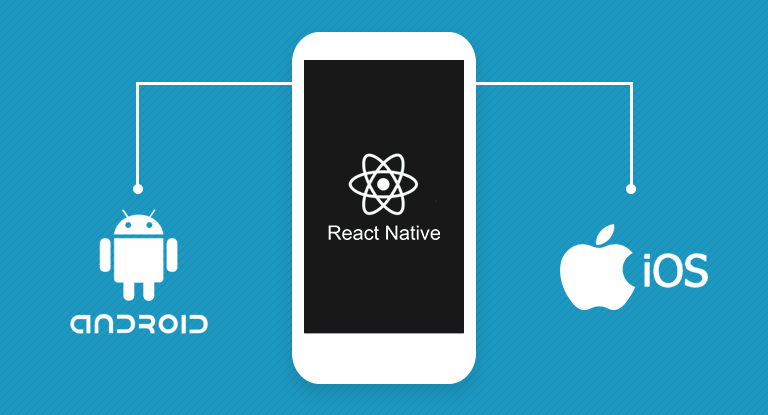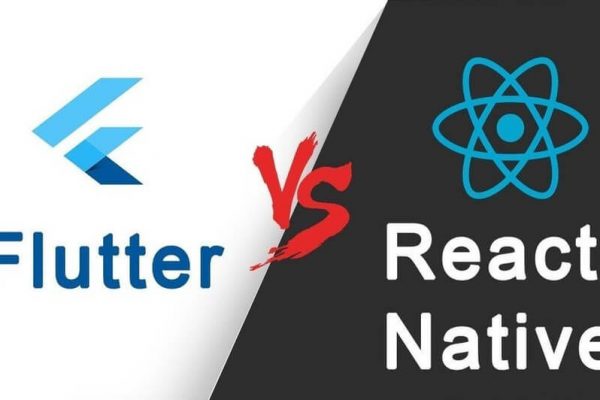React Native is a JavaScript framework that is used for creating native mobile applications for iOS and Android. It is built on React, Facebook’s JavaScript library for building user interfaces. It targets mobile platforms, instead of targeting the browser.
Mobile app developers can now write mobile applications that look and feel truly “native”, all from the comfort of a JavaScript library. This technology makes it easy to simultaneously develop for both Android and iOS by allowing most of the written code to be shared between platforms.
Similar to React, its applications are written using a mixture of JavaScript and XML, known as JSX.
The native rendering APIs are invoked by its “bridge” in Objective-C (for iOS) or Java (for Android). So, your application will render using real mobile UI components, not web views, and will look and feel like any other mobile application. Platform features like the phone camera or the user’s location can be accessed by React Native apps because it also uses JavaScript interfaces for APIs platform.
This technology has the potential to expand to future platforms though currently supports both iOS and Android.
Why to choose React Native?
React Native stand out from most existing methods of cross-platform application development like Cordova or Ionic because it actually renders using its host platform’s standard rendering APIs whereas existing methods of writing mobile applications are using combinations of JavaScript, HTML, and CSS typically render using web views.
The markup is translated to real, native UI elements by it, leveraging existing means of rendering views on whatever platform you are working with. For maintaining high performance of your application, without sacrificing capability, React works separately from the main UI thread. When the props or state change, it re-renders the views by updating the cycle as the same as in React.
In the browser, the major difference between React and React Native is that the second one does the above process by leveraging the UI libraries of its host platform, but not using HTML and CSS markup.
You don’t need to rebuild your application in order to see your changes reflected, because it is “just” JavaScript. You just hit Command+R to refresh your application just as you would any other web page.
This technology allows you to take advantage of intelligent debugging tools and error reporting. You will be happy to know that you can use them for mobile development when you are comfortable with Chrome or Safari’s developer tools,
The potentiality of React Native allows it to positively impact on your product release cycle. For example, Apple permits JavaScript-based changes to an app’s behavior to be loaded over the air with no additional review cycle necessary.
The resources can be dramatically shrunk by it which is required to build mobile applications. Any developer who knows how to write React code can now target the Web, iOS, and Android, all with their same skills.
The existing framework of React Native enables web developers to create mobile applications that have robustness using their existing JavaScript knowledge. Without sacrificing the end user’s experience or application quality, React Native offers faster mobile development, and more efficient code sharing across iOS, Android, and the Web.
Tech Enthusiast and UI Developer at Openweb Solutions






